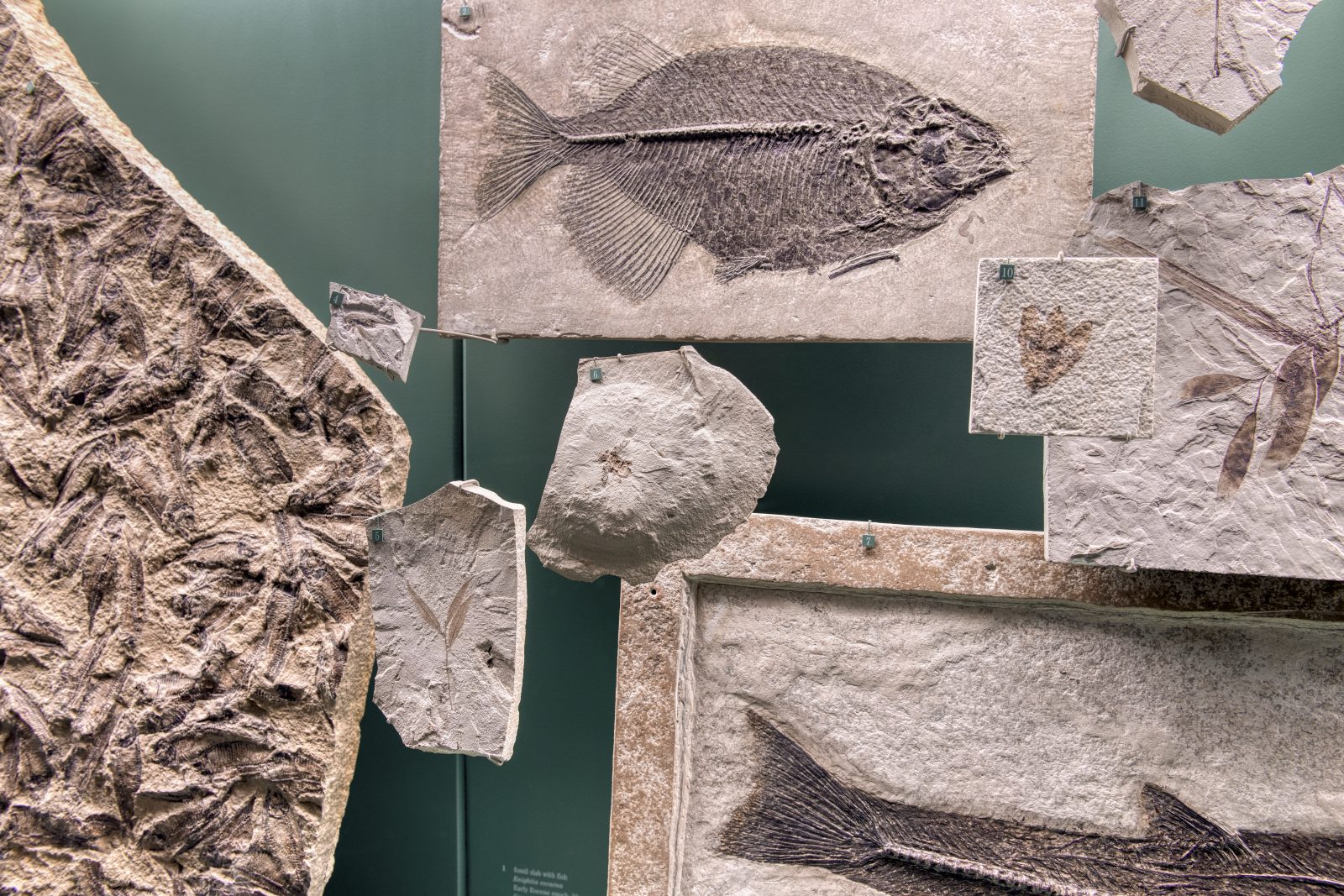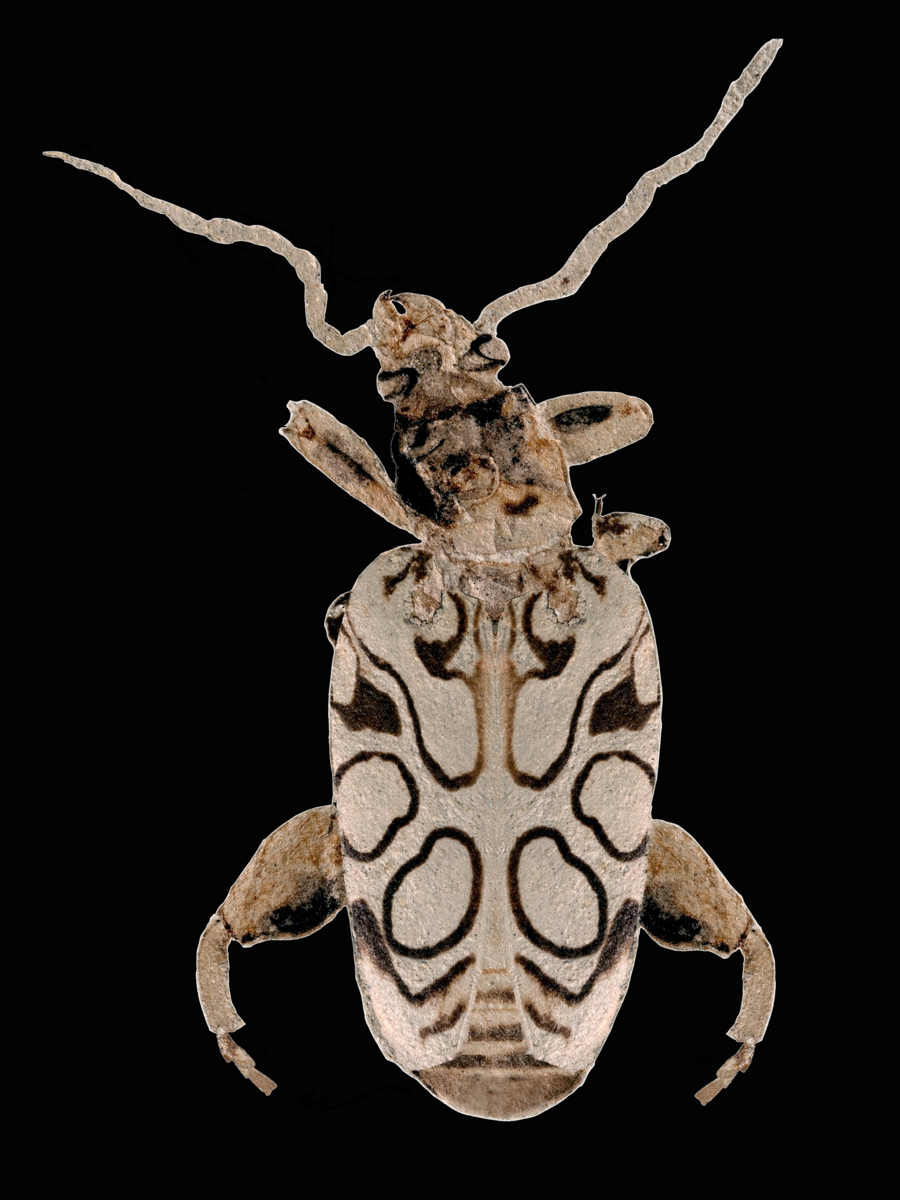Beetle Fossil Named for Sir David Attenborough on Display at DMNS

If you’re a fan of the Denver Museum of Nature and Science, you’ve likely strolled through the Prehistoric Journey hall. Among the charismatic dinosaurs and giant mammals, there are fossils of fish, plants, and insects that perhaps stand out less to casual visitors. One of these specimens is a beetle from Colorado’s Green River Formation, a specimen that, despite being on display since the exhibit opened in 1995, was recently described as a new species.
Frank Krells, Senior Curator of Entomology at DMNS, noticed that the specimen, initially classified as a long-horned beetle, was incredibly well-preserved. “The patterning is preserved in unsurpassed clarity and contrast,” he says, noting the quality of the specimen. While beetle wing casings, called elytra, are hard and often show up in the fossil record, it is rare to find whole beetles that aren’t entirely crushed in rock layers. In this case, the layers of fine sediment in the Green River formation—known as lagerstätten—provide the proper conditions for fossilization without crushing the insect.

Krells noticed that some of the features didn’t quite fit the description of other longhorn beetles, notably the short and robust hind legs which give frog-legged beetles their common name. Working with longhorn beetle expert Francesco Vitali, Invertebrate Zoology Curator at the Natural History Museum of Luxembourg, the two carried out a detailed examination and description of the specimen. The researchers concluded that the beetle was in fact a new species, which they dubbed Pulchritudo attenboroughi, and only the second frog-legged leaf beetle fossil to be described in North America.
Because the species didn’t fit in with any other frog-legged beetle genus, the researchers needed to choose a new genus name. Krells and Vitali chose the name Pulchritudo (Latin for “beauty”) due to the striking pattern on its wing casings. And when we talk about finding beauty in nature, it’s hard not to think of Sir David Attenborough, who has inspired people all over the world to look around them at the majesty of nature.
“Nobody imparts the grandeur and beauty of nature more impressively than Sir David,” Krell says. “This fossil, unique in its preservation and beauty, is an apt specimen to honor such a great man.”
You can take a look at Pulchritudo attenboroughi in the Prehistoric Journey hall at the Denver Museum of Nature and Science.










